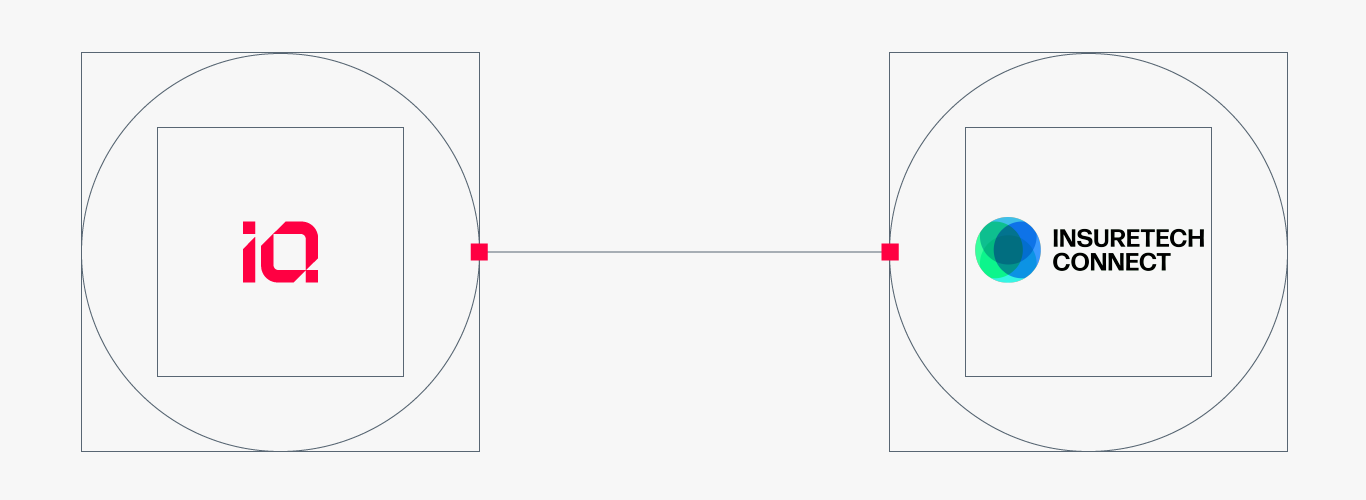For any given task in commercial underwriting, it can often seem like there are two options: doing it fast or doing it right. With highly manual and human-centric processes still largely driving the insurance industry, executing quickly has historically meant sacrificing quality and bringing extra risk to your business. On the other hand, moving more methodically can slow down the entire workflow and lead to missed growth opportunities.
The good news: thanks to AI-based tools, commercial underwriting teams no longer have to choose.
Last month, Insurance Quantified hosted a panel at ITC Vegas, the world’s largest gathering of insurance innovation. Our Vice President of Groundspeed Product Management, Suman Palit, moderated “The Holy Grail for Commercial Underwriting: Fast, Accurate Data”, featuring expert insurers David Mocklow (EVP of Strategy & Transformation at MSIG North America) and Ryan Cole (Vice President, Head of Group Innovation at Everest). David and Ryan, together with Suman, led a compelling discussion on how commercial underwriting teams can harness technology to redefine industry standards and expectations for data speed and quality.
It opened with the panelists describing their companies’ progress to date in adopting underwriting technology. While Everest is further down the path, aiming to integrate newer technologies such as generative AI into its system, MSIG has also been very active, having recently been tasked with building out an entirely new operation model to ramp up its US presence. This gave each panelist a unique perspective on how insurers can best leverage data ingestion technology.
David shared that one key question for his team has been: “Where can we implement this ingestion software in our platform that will allow us to get the maximum value out of it?” Ryan seconded the importance of this value-focused mindset, stressing that the right data ingestion software should provide a variety of benefits. “We’re solving multiple problems at the same time…You can help account selection for the underwriter…and, in the long term, capture the data, put it in a data lake and leverage it for downstream analytics.”
The conversation then turned to the topic of risk and the cost-benefit analysis of implementing new AI-based technologies. David stressed the importance of using ingestion technology to make risk-selection decisions as well as underwriting decisions. Ryan argued that decisions around utilizing certain tools should be determined by the complexity of the risk. “There are times when it’s worth demanding near perfection because the cost of a bad decision is significant,” he stated.
The panelists agreed that in other areas, speed may be a bigger priority, so decisions should depend on the needs of each business unit. They also identified claims as a crucial area of focus – getting just one claim wrong can produce significant downstream effects, so insurers must put processes in place to ensure their underwriters are getting access to the highly accurate claims data when rating.
They went on to discuss the future of work and how insurers can best activate their underwriters to trust emerging technology. Ryan emphasized the importance of throwing underwriters “a ball they can catch” by integrating new tools in familiar ways. He also argued that companies should invest heavily in training end-users so that they know the full extent of the new capabilities at their disposal. David took a different angle, highlighting the need to tackle hesitancy from underwriters who fear that AI will eliminate their job. “I’ve spent a lot of time thinking about how to make our people comfortable with a tool that is only going to help them do more, rather than replace them,” he said.
Lastly, Suman posed a forward-looking question: what will the key to underwriting be a year from now? David and Ryan agreed that in this fast-moving market, insurers will have to evolve to keep up. For MSIG, David stated, that evolution will extend across investment strategy, underwriting processes and insurance products. Ultimately, he said, the key will be to innovate through the lens of data: not just from a technology standpoint, but also in developing business practices that yield better underwriting decisions. Ryan predicted that what lies ahead is the “arduous and persistent” task of forging a hybrid approach between man and machine: “It’s a worthy investment that goes a long way when tools are optimized.”
Thank you to ITC for the opportunity to host this panel! Interested in how Insurance Quantified‘s underwriting workbench and ingestion technology can arm your team with the tools needed to drive profitable growth and reduce risk? Reach out to us.
